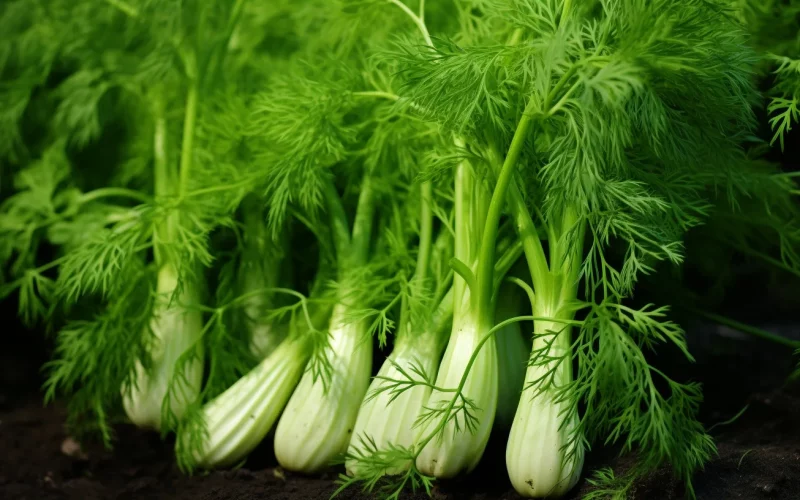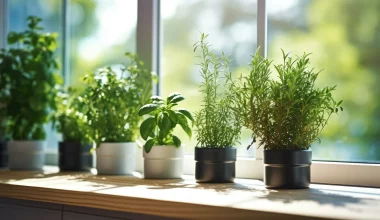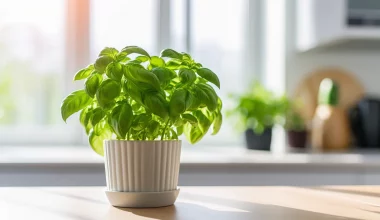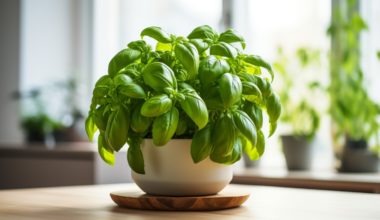Are you planning on adding a touch of aniseed flavour to your dishes with some homegrown fennel? Whether it’s for the bulb, the leaves, or the seeds, here’s your UK-centric guide on growing fennel at home.
Introduction to Fennel
Fennel, scientifically known as Foeniculum vulgare, is a hardy, perennial plant. It’s renowned for its feathery leaves and aromatic seeds. Fennel has a licorice-like flavour and is popular in many culinary traditions.
Sowing Fennel Seeds
Fennel is usually grown from seeds. In the UK, the best time to sow fennel seeds is between late spring and mid-summer.
The Ideal Conditions for Fennel
Fennel is a sun-loving plant and does best in full sun exposure. It’s not too fussy about the soil but does best in well-drained soil rich in organic matter.
Care Tips for Your Fennel Plant
To ensure you succeed in growing fennel at home, here are some essential care tips:
- Watering: Fennel prefers consistently moist soil, but be careful not to overwater. Overwatering can lead to root rot, which can kill your fennel plant.
- Feeding: Feed your fennel plant with a balanced, slow-release fertiliser at planting time to provide the necessary nutrients.
Harvesting and Using Your Fennel
Once your fennel bulbs are roughly the size of a tennis ball, they are ready to harvest. The leaves and seeds of the fennel plant can also be harvested and used. Here are a few uses for your homegrown fennel:
- Culinary Uses: Fennel bulbs can be braised, sautéed, or eaten raw in salads. The leaves are an excellent garnish for dishes, and the seeds can be used as a spice.
- Medicinal Uses: Fennel seeds have been used in traditional medicine for years due to their digestive benefits.
In conclusion, growing fennel at home is a worthwhile endeavour for any UK gardener. Its versatile uses, coupled with its unique flavour, make it an excellent addition to any garden





